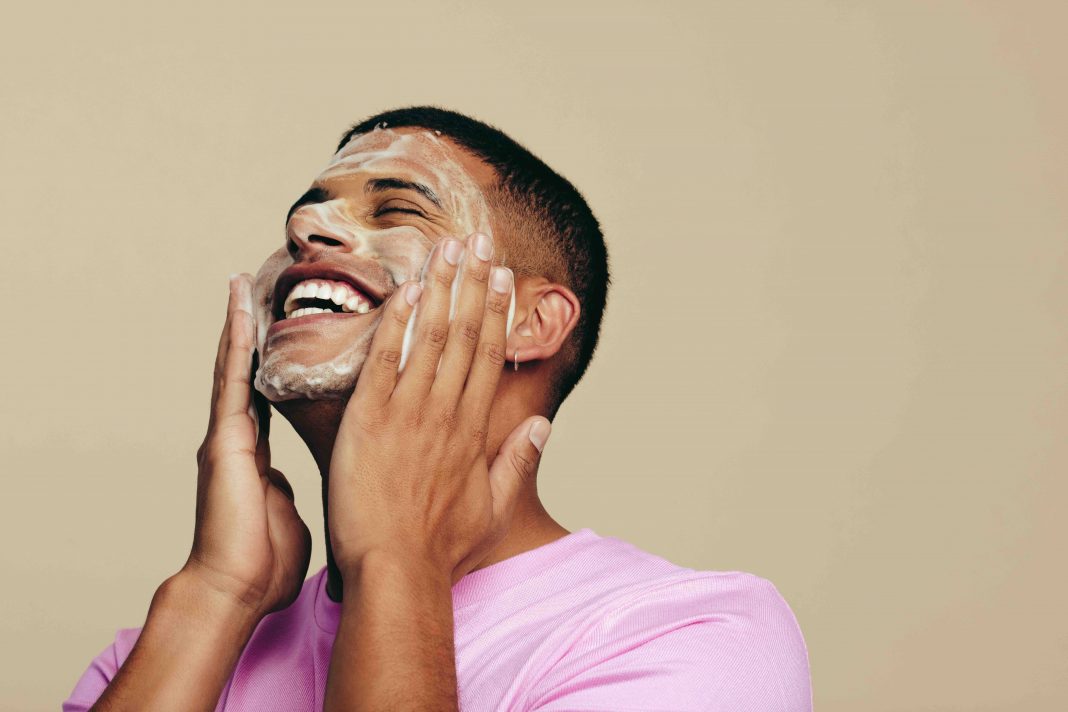Effective treatment options are constantly being sought for oily skin, one of the most common dermatologic concerns.
Causes
- Genetics. Oily skin can run in the family, so if parents have oily skin, their children will have a greater chance of having overactive sebaceous glands.
- Age. The skin produces less oil as we age, which is why many older people will experience drier skin, and many younger people will experience oilier skin.
- Location and season. These factors have an impact on oily skin. People tend to have oilier skin in hot and humid climates, and while it’s not so easy to pack up and move because of skin, those affected can adjust their routine accordingly.
- Enlarged pores. Pores can stretch out due to age, weight fluctuations and previous breakouts, with larger pores tending to produce more oil.
- Using the wrong skin care products. Knowing what type of skin someone has is important, because if you use the wrong products, such as those designed to treat ‘dry’ skin on oily skin, it can make the skin even more oily.
- Skincare overload. Using too many cleansers and exfoliants on the skin can strip the skin of its natural oil and cause the sebaceous glands to go into overdrive and produce more oil.
- Skipping moisturiser. If someone is using acne treatments such as salicylic acid or benzoyl peroxide, then they need a good moisturiser to maintain hydration. Not using a moisturiser will also cause the sebaceous glands to go into overdrive.1
Signs to spot
Indications that someone’s skin is oiler than it should be include:
- Greasy or shiny skin appearance.
- Persistent or occasional breakouts of pimples/acne.
- Enlarged and clogged pores, blackheads and whiteheads.
- Skin that appears to be rough and/or thick.2<superscript>
Tips
- Wash the face. This tip may seem obvious, but people who experience oily skin need to wash their face more often than those with dry skin. However, it’s important to remember not to overdo it and strip the skin of its natural oils.
- Blot. Use of blotting papers can help manage the appearance of oil throughout the day.
- Use the appropriate makeup. Select makeup specifically designed for people with oilier skin.
- Exfoliate. The skin should be exfoliated a few times a week to properly manage oiliness.
- Limit touching the face. The more someone touches their face, the more bacteria they can spread across the skin, which can produce more oil.3
Pharmacy products
Retinoids, in the form of vitamin A, are regarded as essential to help restore skin’s youthful appearance. Experts say that using skin care products with retinoids can improve the tone and texture of the skin, which will in turn create a healthier look and decrease the oiliness of skin.
Vitamin C is also proven to protect the skin from environmental pollution, improve hydration and help skin glow without the extra oil.
Niacinamide is a water-soluble vitamin (B3) that visibly improves uneven skin tone, oily skin and enlarged pores. Niacinamide can play a role in regulating sebum production.2
Skin care products for oily skin available in pharmacies include:
- Models Prefer Blotting Paper.
- SkinB5 Acne Control Cleansing Mousse.
- Cetaphil Gentle Foaming Cleanser (Face).
- Olay ProX by Olay Retinol Face Cream.
- No7 Radiance+ Vitamin C Daily Brightening Moisturiser.
References:
- Healthline, 2023. ‘7 Causes of oily skin’. healthline.com/health/oily-skin-causes
- Melbourne Skin & Dermatology. ‘What is oily skin?’ dermatology.melbourne/services/oily-skin/
- Australian Skin Institute. ‘How to treat oily skin for good’. australianskininstitute.com.au/blogs/news/how-to-treat-oily-skin-for-good
This feature was originally published in the October issue of RPA e-magazine.







